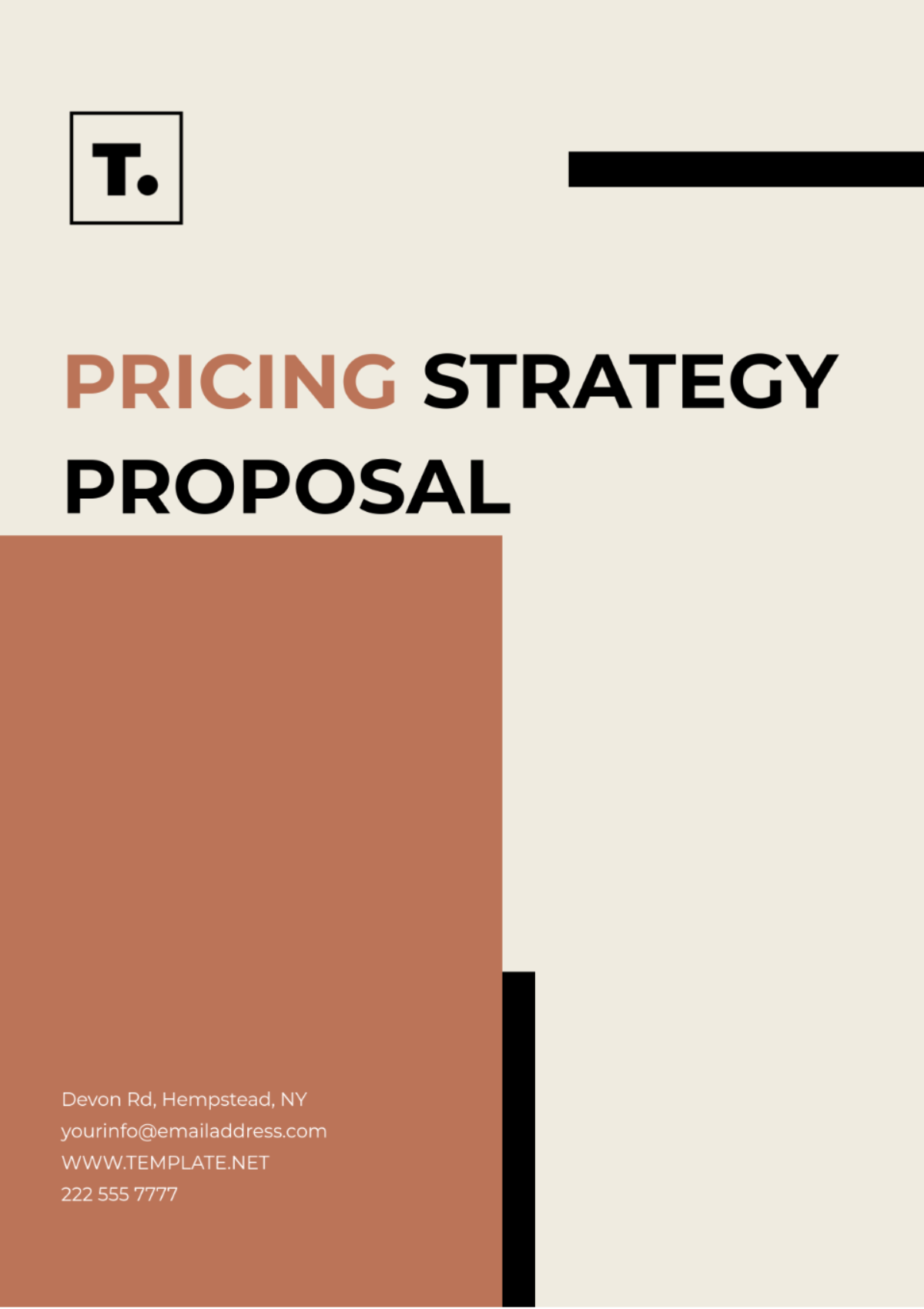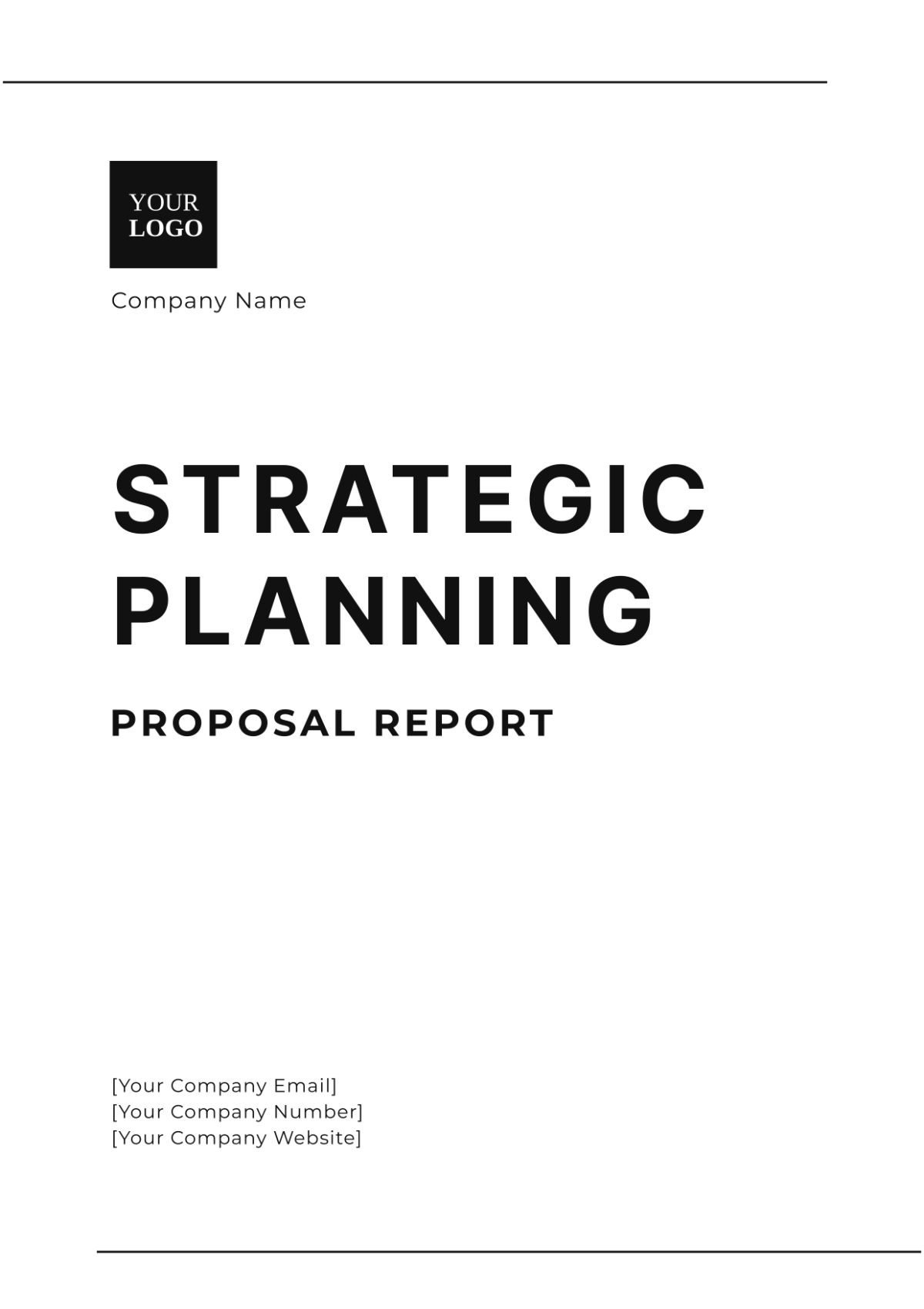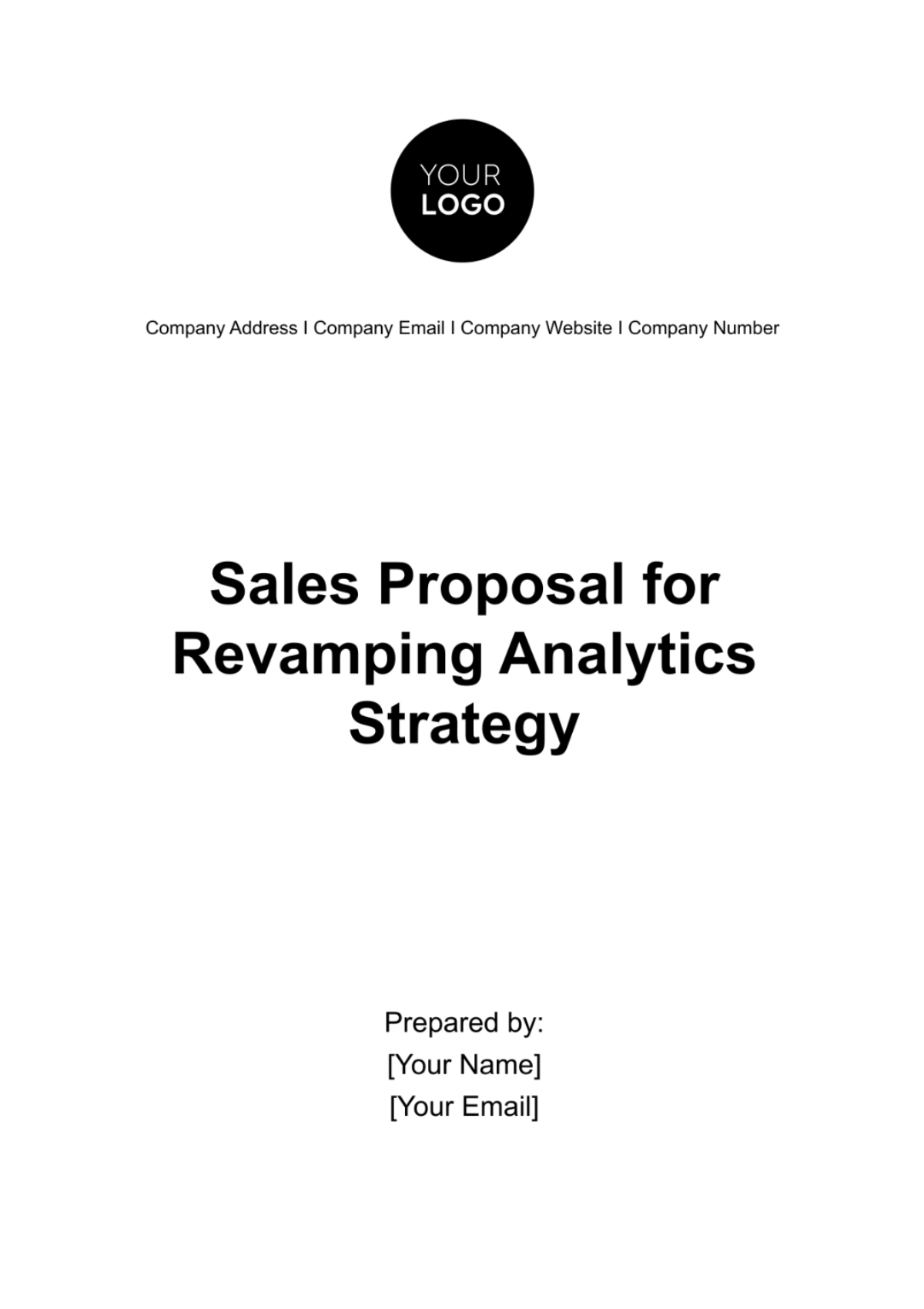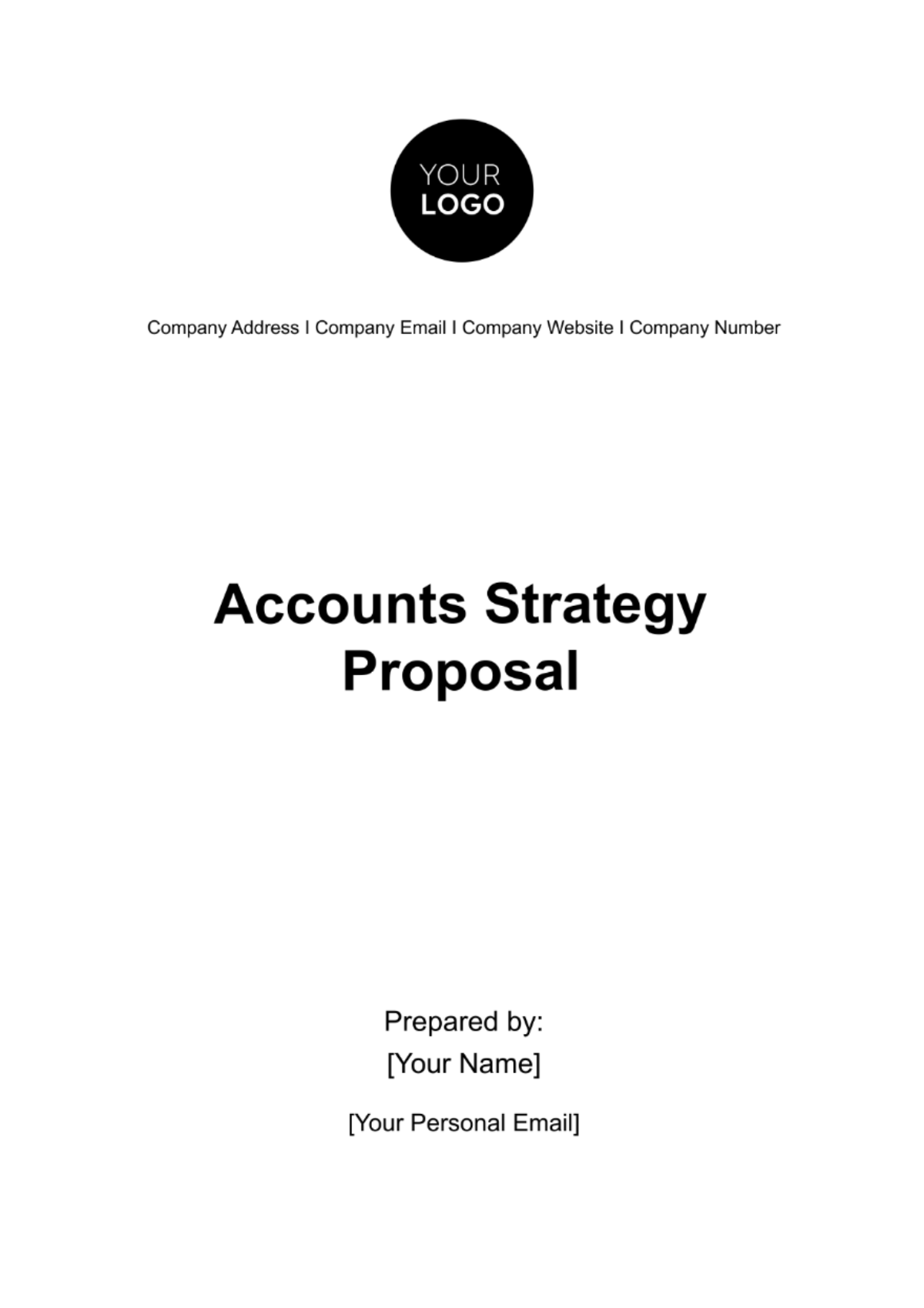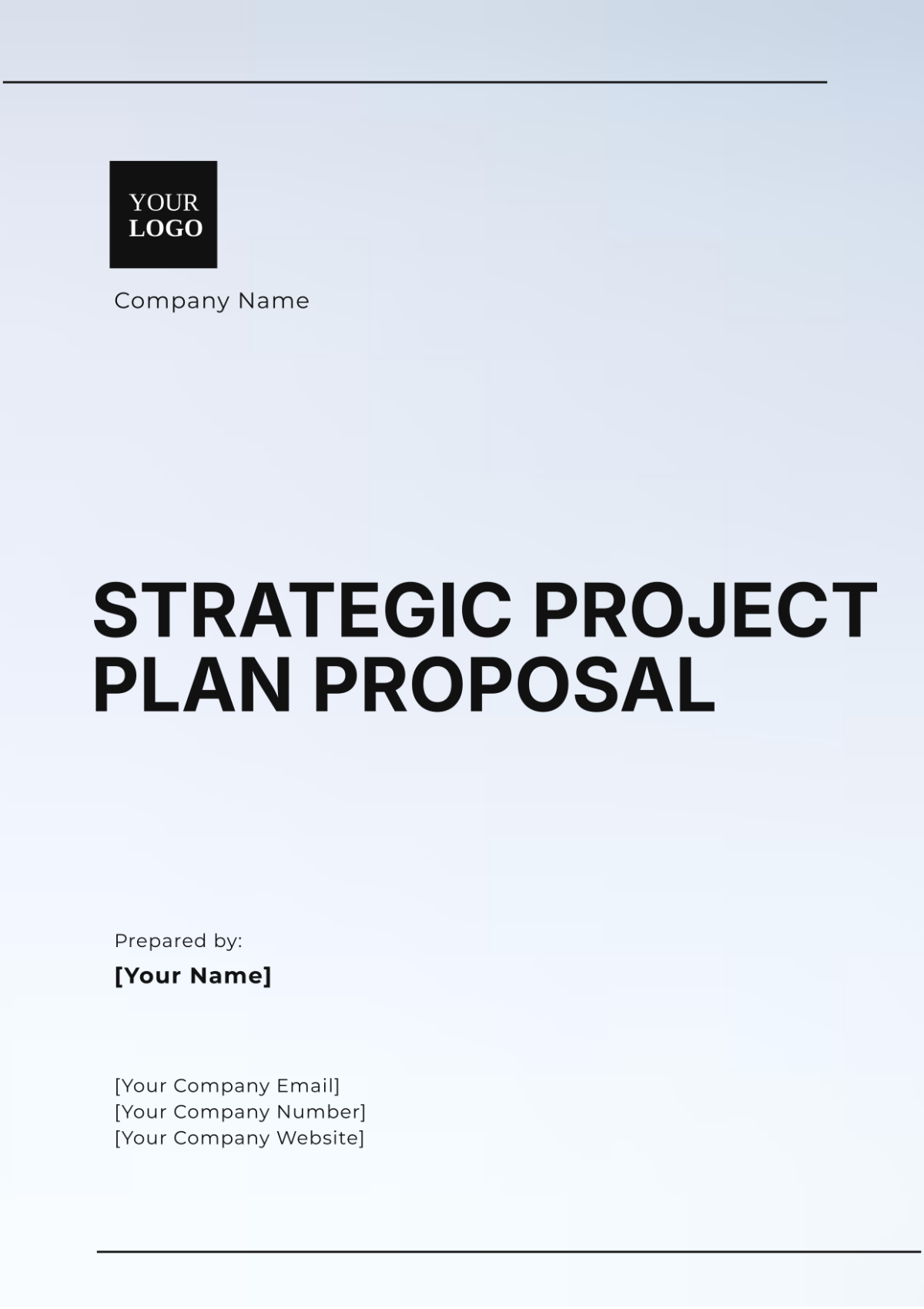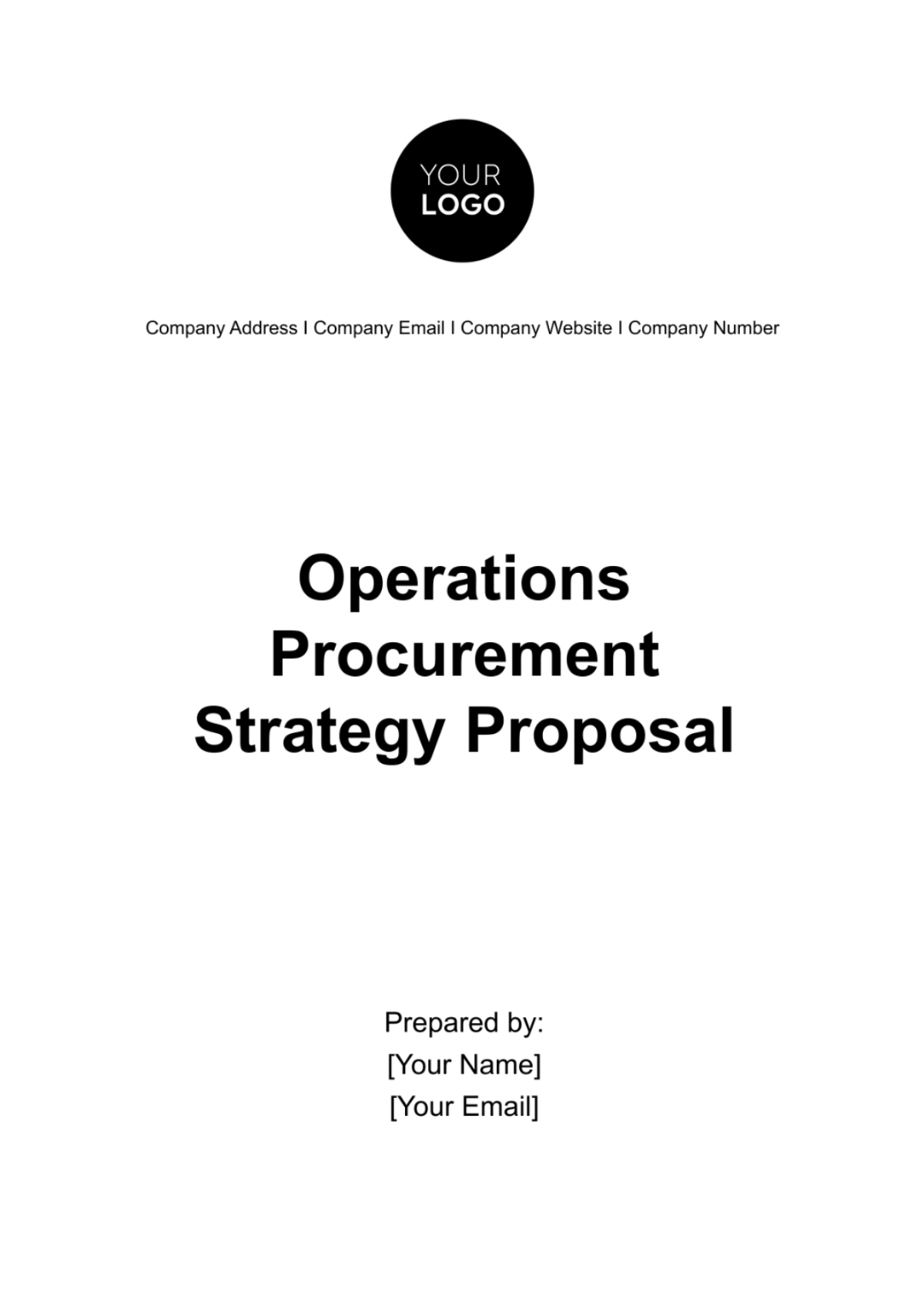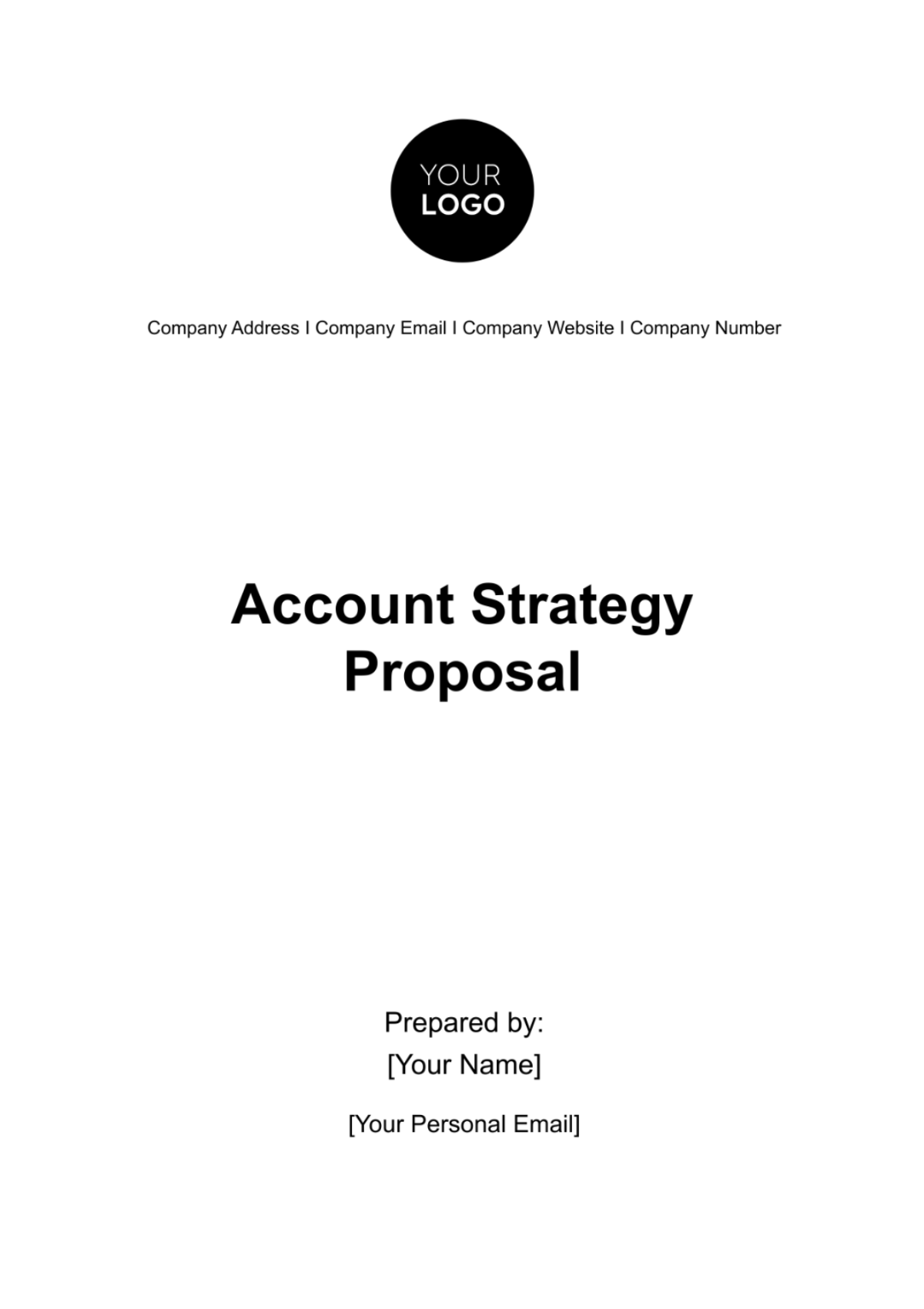Content Strategy Proposal Brief
Prepared by [YOUR NAME] for [YOUR COMPANY NAME]
Executive Summary
This section serves as a concise yet comprehensive introduction to the proposal, offering a snapshot of its key elements and, most crucially, the envisioned objectives:
Objective 1: Explain the Need for a New Content Strategy In addressing the imperative for change, we will articulate the existing challenges and gaps in our current content strategy. This objective aims to establish a clear understanding of why a new approach is necessary, laying the foundation for the proposed strategy.
Objective 2: Showcase How the Proposed Content Strategy Will Meet This Need This objective outlines the core components of our proposed content strategy and elucidates how it directly addresses the identified needs. It emphasizes the innovative solutions and strategic elements that distinguish our approach and contribute to the overall effectiveness of the strategy.
Objective 3: List Potential Results or Benefits of This Strategy, Substantiated with Data Focusing on the anticipated outcomes, this objective delves into the expected results and benefits of implementing the proposed content strategy. Supported by relevant data and insights, we aim to provide a compelling case for the positive impact this strategy will have on our goals.
Objective 4: Present the Timeline and Deliverables for This Strategy A well-structured plan is essential for successful implementation. These objectives detail the timeline and deliverables associated with the proposed content strategy. It offers a clear roadmap, ensuring that all stakeholders have a comprehensive understanding of the project's milestones and deadlines.
Audience Identification
Here, we delve into which audience groups will be targeted and why. This section must make clear the demographic, socio-economic, and psychographic profiles of the intended audience.
Audience Group | Characteristics | Targeted Content |
|---|---|---|
Audience Group 1: | Demographic, Socio, Psychographic | Tailored content for specific traits and preferences. |
Audience Group 2: | Demographic, Socio, and Psychographic | Content focused on distinct characteristics and challenges. |
Content Audit
In this section, we thoroughly evaluate the current content landscape, aiming to enhance its effectiveness. For each content type, we provide detailed analyses and propose strategic steps for modification, update, or removal:
Content Type 1: Analysis and Proposed Steps
Conduct a comprehensive analysis of the existing Content Type 1.
Identify strengths, weaknesses, and areas for improvement.
Propose strategic steps for modification, ensuring alignment with the overall content strategy.
Consider factors such as relevance, engagement, and alignment with brand messaging.
Content Type 2: Analysis and Proposed Steps
Evaluate the performance and impact of current Content Type 2.
Identify opportunities for optimization or enhancement.
Propose strategic steps for modification, ensuring coherence with the overall content strategy.
Consider metrics such as audience reach, conversion rates, and alignment with marketing goals.
Content Type 3: Analysis and Proposed Steps
Scrutinize the effectiveness of existing Content Type 3.
Pinpoint areas for refinement or removal based on performance metrics.
Propose strategic steps for modification, ensuring synchronization with the overarching content strategy.
Consider factors such as audience engagement, SEO impact, and alignment with brand identity.
Content Type 4: Analysis and Proposed Steps
Evaluate the current effectiveness of Content Type 4.
Determine areas for optimization, update, or potential removal.
Propose strategic steps for modification, ensuring synergy with the broader content strategy.
Assess metrics such as user feedback, performance analytics, and alignment with campaign objectives.
Content Creation
Content Type | Content Format | Responsible Team | Frequency |
|---|---|---|---|
Content 1 | Blog Posts | Content Team | Weekly |
Content 2 | Social Media Posts | Marketing Team | Daily |
Content 1:
Content Format: Blog posts to engage the audience with in-depth insights.
Responsible Team: Content Team with writers and editors overseeing the creation process.
Frequency: Weekly posts for consistent audience interaction.
Rationale: Chosen to establish thought leadership and provide valuable information to our audience.
Creation Process: Involves research, ideation, writing, editing, and approval before publishing.
Content 2:
Content Format: Engaging Social Media Posts to boost brand visibility.
Responsible Team: Marketing Team in charge of social media content creation.
Frequency: Daily posts to maintain an active online presence.
Rationale: Selected for its ability to drive immediate audience engagement and interaction.
Creation Process: Quick ideation, design, and approval before scheduled daily posting.
Content Distribution Strategy
This section ensures a comprehensive approach to content dissemination, leveraging various channels strategically and monitoring performance through relevant metrics. Each channel is carefully chosen based on its alignment with the overall content strategy and target audience behavior.
Channel | Distribution Strategy | Frequency | Scheduling | Performance Metrics |
|---|---|---|---|---|
Channel 1 | Email newsletters to subscriber base. | Bi-weekly | Mondays and Thursdays | Open rates, Click-through rates. |
Channel 2 | Social media platforms (LinkedIn) | Daily | Morning and Afternoon | Engagement metrics, Conversion rates |
Channel 3 | Content syndication through partners | Monthly | First week of each month | Social shares, Comments |
Channel 4 | Company blog and guest posts | Weekly | Every Wednesday | Leads generated, Return on Investment (ROI) |
Channel 1:
Distribution Strategy: Utilizing email newsletters to reach our engaged subscriber base.
Frequency: Bi-weekly distribution for consistent engagement.
Scheduling: Scheduled on Mondays and Thursdays to optimize open rates.
Performance Metrics: Evaluation based on open rates and click-through rates.
Channel 2:
Distribution Strategy: Leveraging LinkedIn for content distribution.
Frequency: Daily posts for continuous audience interaction.
Scheduling: Timed for morning and afternoon engagement.
Performance Metrics: Tracking engagement metrics and conversion rates.
Channel 3:
Distribution Strategy: Syndicating content through partnerships.
Frequency: Monthly distribution to maintain relevance.
Scheduling: Released in the first week of each month.
Performance Metrics: Monitoring social shares and comments for audience engagement.
Channel 4:
Distribution Strategy: Utilizing the company blog and guest posts.
Frequency: Weekly updates to keep the audience informed.
Scheduling: Published every Wednesday for consistency.
Performance Metrics: Assessing leads generated and Return on Investment (ROI).
Content Tracking and Analysis
Metric | Purpose and Measurement Tool | Periodicity |
|---|---|---|
Metric 1 | Assessing Brand Awareness using Google Analytics | Monthly |
Metric 2 | Evaluating Audience Engagement via Social Media Analytics | Weekly |
Metric 3 | Tracking Lead Generation with CRM Analytics | Quarterly |
Metric 4 | Assessing Content Conversion Rates using Marketing Automation | Bi-monthly |
Metric 1:
Purpose and Measurement Tool: Assessing Brand Awareness using Google Analytics.
Periodicity: Monthly measurement to monitor trends and changes.
Metric 2:
Purpose and Measurement Tool: Evaluating Audience Engagement via Social Media Analytics.
Periodicity: Weekly analysis for real-time insights into audience interaction.
Metric 3:
Purpose and Measurement Tool: Tracking Lead Generation with CRM Analytics.
Periodicity: Quarterly assessment to capture longer-term lead generation trends.
Metric 4:
Purpose and Measurement Tool: Assessing Content Conversion Rates using Marketing Automation.
Periodicity: Bi-monthly measurement to evaluate the effectiveness of content in driving conversions.
Conclusion
In summary, the new content strategy outlined in this proposal is poised to bring substantial gains and overall improvement for our organization:
Enhanced Brand Awareness: Expect increased website traffic, higher social media engagement, and improved search visibility.
Improved Audience Engagement: Anticipate heightened engagement with weekly blog posts, daily social media updates, and targeted content distribution.
Effective Lead Generation: Strategically track lead generation through CRM analytics, leading to a notable increase in high-quality leads.
Optimized Conversion Rates: Regularly measure content conversion rates using our marketing automation platform to identify and enhance conversion opportunities.
Data-Driven Decision Making: Adopt a culture of data-driven decision-making with periodic metrics assessments, enabling real-time adjustments for maximum impact.
This proposal sets the stage for a dynamic and effective content strategy aligned with key performance metrics, contributing significantly to our online presence, audience interactions, and overall business success.
